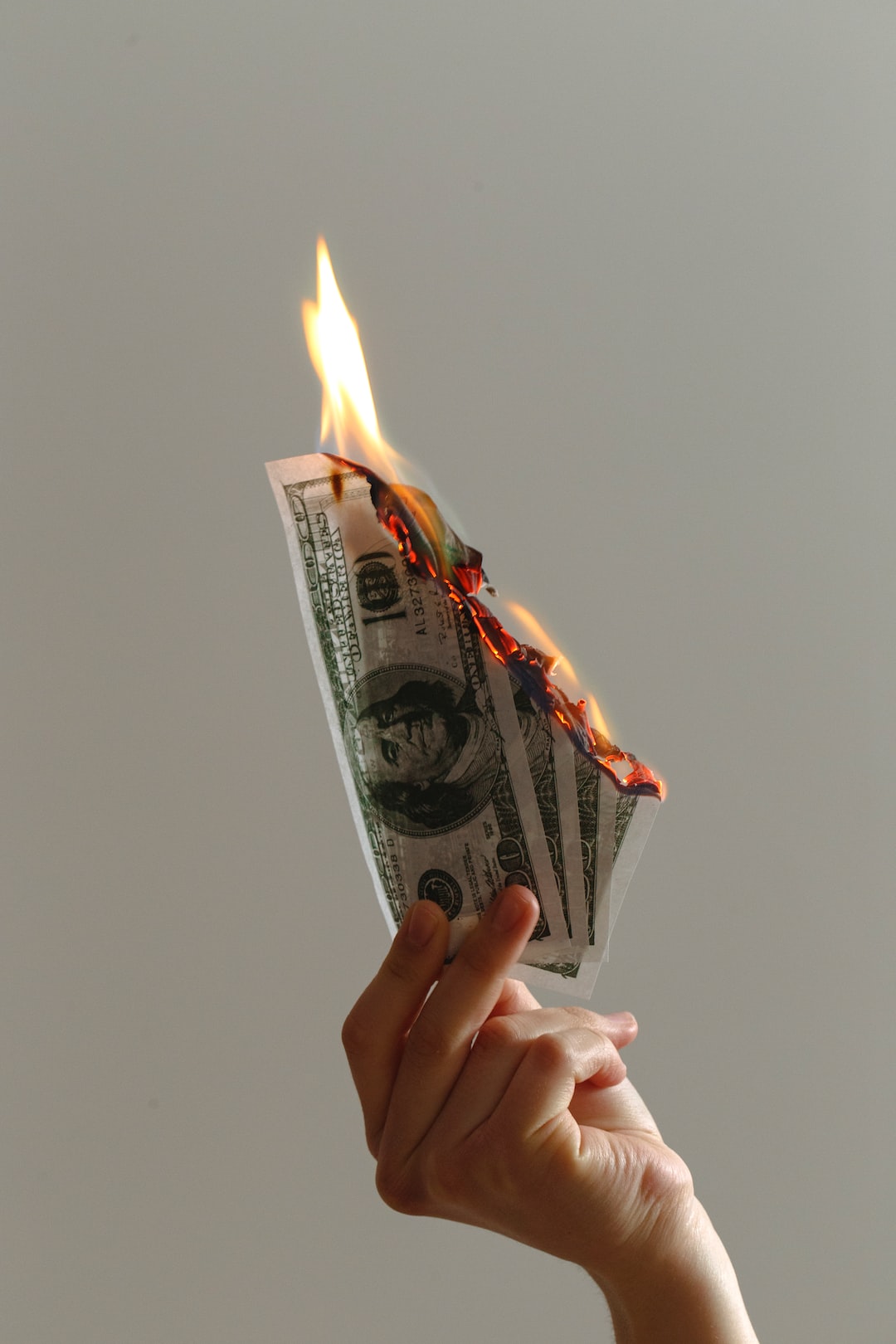The forex market is a highly volatile and dynamic environment, and predicting the movement of currency pairs can be a challenging task. One popular approach to analyzing the market is using candlestick charts, which provide valuable insights into price trends and patterns. In this article, we will explore how to predict the forex market using candlestick charts.
Understanding Candlestick Charts
A candlestick chart is a type of financial chart used to represent the price movements of an asset over a specific period. It consists of individual candlesticks that display the opening, closing, high, and low prices of a currency pair. Each candlestick represents a specific time frame, such as one minute, one hour, or one day.
The body of the candlestick represents the opening and closing prices, while the upper and lower wicks (or shadows) represent the highest and lowest prices reached during the period. The color of the candlestick can be either green (bullish) or red (bearish), depending on whether the closing price is higher or lower than the opening price.
Candlestick patterns are formed by the arrangement of multiple candlesticks over a particular period. These patterns can provide valuable insights into the direction of the market, and traders use them to predict future price movements.
Using Candlestick Patterns to Predict the Forex Market
There are several popular candlestick patterns that traders use to predict the direction of the forex market. These patterns include:
1. Doji: A doji candlestick has a small body and long wicks, indicating that the opening and closing prices are almost equal. This pattern suggests indecision in the market and can be a signal of a potential reversal.
2. Hammer: A hammer candlestick has a small body and a long lower wick, indicating that buyers have pushed the price up from its lows. This pattern suggests a potential reversal from a downtrend.
3. Shooting Star: A shooting star candlestick has a small body and a long upper wick, indicating that sellers have pushed the price down from its highs. This pattern suggests a potential reversal from an uptrend.
4. Engulfing: An engulfing candlestick pattern occurs when a small candlestick is followed by a larger candlestick that completely engulfs the previous one. This pattern suggests a potential reversal in the direction of the trend.
5. Harami: A harami candlestick pattern occurs when a small candlestick is followed by a larger candlestick that is completely contained within the previous one. This pattern suggests a potential reversal in the direction of the trend.
Using Technical Indicators to Confirm Candlestick Patterns
While candlestick patterns can provide valuable insights into the direction of the forex market, they should be used in conjunction with other technical indicators to confirm their validity. Technical indicators such as moving averages, relative strength index (RSI), and stochastic oscillators can help traders confirm the direction of the trend and identify potential entry and exit points.
For example, if a trader sees a hammer candlestick pattern forming on a chart, they may use a moving average to confirm that the trend is indeed reversing. If the moving average is also pointing upwards, this confirms the validity of the hammer pattern and suggests a potential buying opportunity.
Conclusion
Predicting the forex market can be a challenging task, but candlestick charts can provide valuable insights into price trends and patterns. By understanding candlestick patterns and using technical indicators to confirm their validity, traders can identify potential entry and exit points and make informed trading decisions. However, it is important to remember that no trading strategy is foolproof, and traders should always use risk management techniques to protect their capital.





